I first became interested in birds when I moved to Florida from Ohio. I moved into a house which was on the corner of a street directly across from a park. The small to medium sized run-off pond was about fifty feet from the house’s yard. When I first walked out into the yard, I almost came face to face with a large white bird. That was a frightening experience, but fortunately, the bird immediately flew away. Flocks of smaller white birds with unusual, long pink bills came into the yard to peck the soil while seeking bugs. I’d never lived near water nor spent much time near water, especially since becoming an adult. I had no idea what any of the beautiful birds that showed up at the pond on a daily were. My curiosity was piqued, especially since I was new to the area my social interactions were limited and I walked along the sidewalk around the park and most of the pond each day. It was a dog friendly park so the dog walked with me. As far as I have ever been able to figure out, “dog friendly” means there are receptacles with plastic bags and many trash cans in the area. I grabbed the point and shoot Fujifilm camera with the 3x zoom and began photographing the birds. I have never taken to using binoculars much for various reasons. I began uploading the photos to the computer and then attempted to identify the birds using the internet or the many books I checked out from the library. It was not an easy chore as I did not know how to use the resources very well. As I developed more experience, I learned. Now, that I usually know where to look in books and the internet and which characteristics to try to photograph and note, the process is easier, though I have learned identification can still be challenging, sometimes impossible. The birds I was able to identify included Great Egrets, the species which had come to face to face with me the first week I was in Florida. I saw them wading in the pond and in yards down the block. Once, I saw a Great Egret with a lizard in its mouth. Of all the birds, they surprised the most. I had never large birds that just stood in front of houses or in the middle of the road.
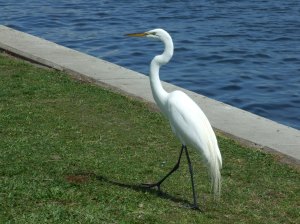
2012_03_02 Great Egret.
Groups of White Ibis which often came into the yard to feed. There were Muscovy Ducks. Those that stayed in this pond were not only large ducks, but they were black with beautifully iridescent feathers. The male’s faces were unattractive with their lumpy red bumps. There were ducks that appeared to be Mallards, but, I later discovered, were actually Hybrid Mallards. Mallards migrate to Florida in the winter from northern states; and I suspect it would be very difficult for me to distinguish those true Mallards from Florida’s hybrids, especially since the males have winter plumage. I couldn’t figure out what the beautiful little white bird a neighbor told was a Goose actually was. I certainly didn’t see it in the Goose sections in books or on the ‘Net. After concluding it was not a Goose, the photo was labelled “Unidentified.” With someone else’s help, I discovered why my sources had not included the bird. It is not a wild bird. It was a Pekin Duck, a domestic duck that sometimes escapes from zoos or owners or is let go by owners. They have joined the other ducks in ponds in the area.
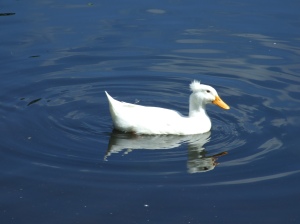
2012_08_04 Chinese-crested Pekin Duck, Gulfport, FL
The Osprey perched so high in the evergreen, I could barely tell what kind of bird he was. The Black-crowned Night Heron dropped by after darkness enveloped the pond, crouched at the edge watching for its food. It did not stay many days. The Laughing Gulls did get the last laugh with their loud sounds, beating out the Grackles and Crows that covered the power lines. The songs of the Mockingbirds in the are often drowned out by the pond. I saw a Great Blue Heron that perched in the bushes in the middle of the pond each day. He seemed to be guarding the pond, as he rarely came into the pond to seek food. The Black-crowned Night Heron came in the late evening, under cover of darkness. The Snowy Egrets were interesting to watch. The Wood Storks’ appearance was an oxymoron. The face and neck “only a mother could love,” but the black and white feathers are gorgeous, especially seen when the bird is seen in flight. The Gallinules, called Common Moorhens, Common Gallinules or Florida Gallinules, with red and yellow bills and a red patch on their faces and black bodies with some white feathers were unique in my eyes. They swam like nervous ducks, their necks jerking here and there. On land, their bodies visible, they looked like chickens. There were beautiful Anhingas and Cormorants. At first, there were difficult to distinguish from one another.
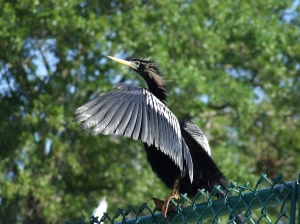
2012_04_03 Anhinga
Gulfport, FL
Due to my lack of skill and experience as well as the kind of camera, the quality of the photos was very basic. Nevertheless, my documenting what, when and where was very valuable to me, and not just for identification and documentation. Even now, when my list of sightings and collection of photographs has significantly increased, I go back and look at the first photos I took and remember the days I spent with the birds, the nights I flipped through the books and searched the internet sites about birds and smile. They are good memories because the birds were beautiful, the walks outside with the dog were both refreshing and relaxing. Having a new hobby while living in a new state helped me both connect and adjust to my new surroundings. I researched Bird Guides by deciding how valuable each I’d borrowed from the library had been to me and by reading reviews on the Internet. I bought a few, most on sale when a well known bookstore chain went out of business. I have five or six I consult as well as sites on the Internet. Sibley and the Florida’s Birds, written by Maehr and Kale, have been the most helpful to me. Stokes is good because it has photographs instead of illustrations. Crossley’s Shorebirds has photographs of shorebirds in winter plumage, which is how many of the migrant shorebirds look while in Florida. It is, of course, also helpful in IDing those shorebirds which are in the area year round or overwinter. National Geographic is valuable to me because it compares various birds in its illustrations, but they are very small, and sometimes difficult to see. It goes without saying that guides offer additional information such as descriptions of appearance like size, what the bird eats, ranges where the birds are found and when they are there. The Ibis was not at the pond when photographed, and the photographs of the Anhinga and Pekin Duck were taken two years later with another camera due to a computer crash and loss of photos taken at the time I first moved to Florida. -SLB

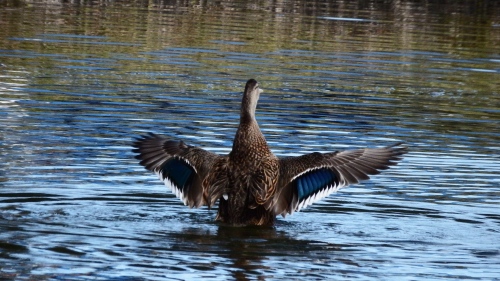



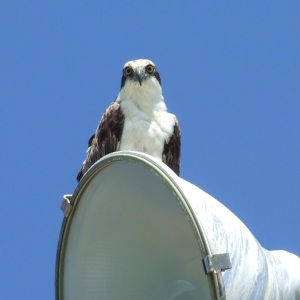

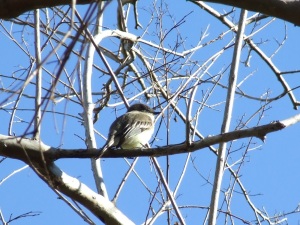
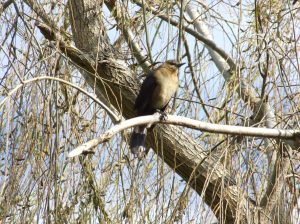
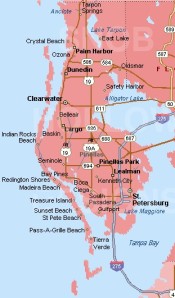

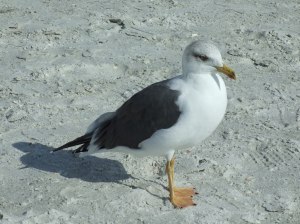
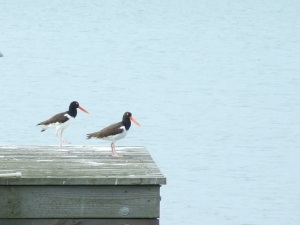



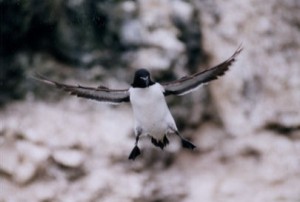

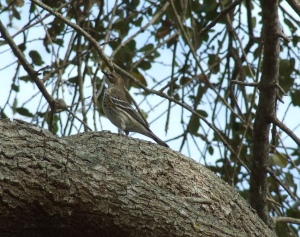
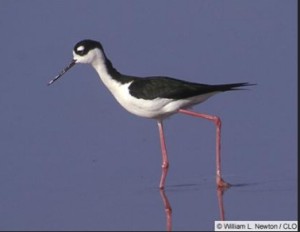
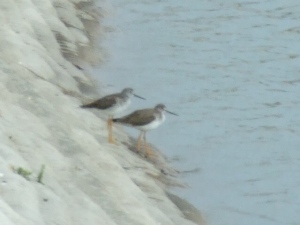
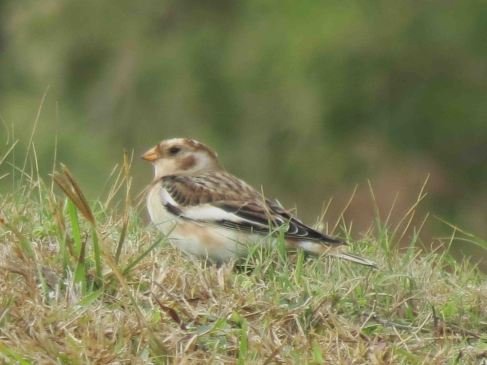
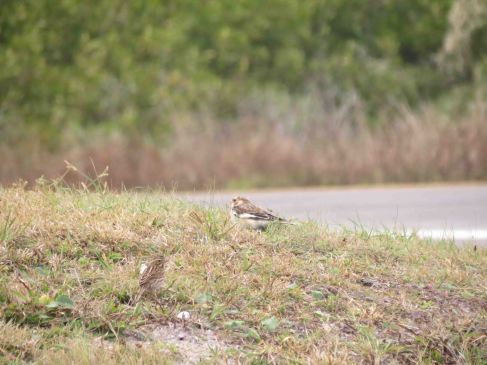
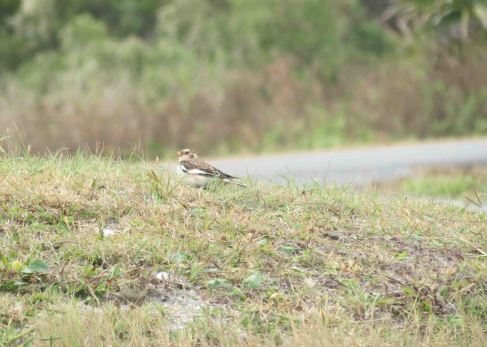
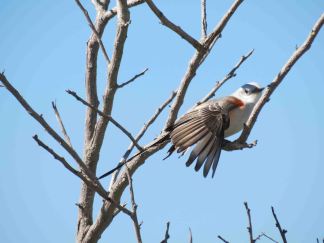
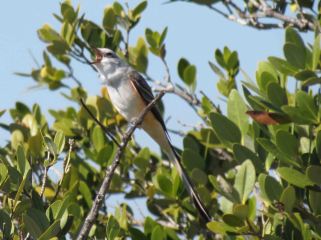

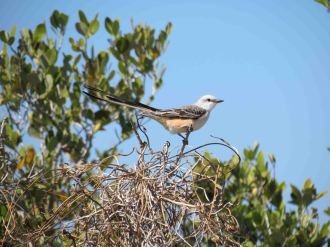

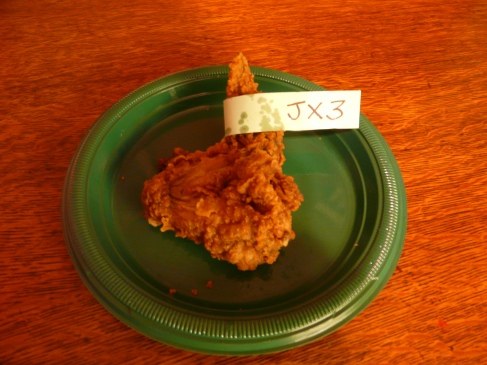
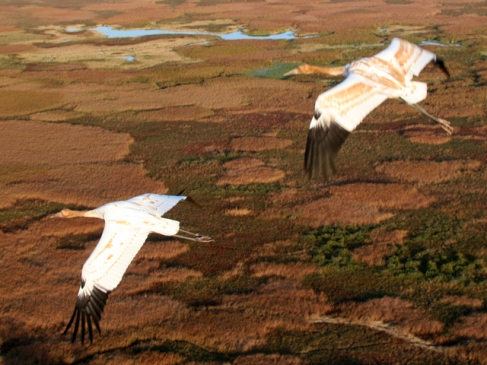
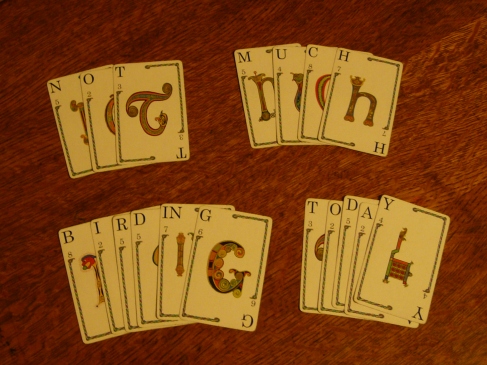
You must be logged in to post a comment.